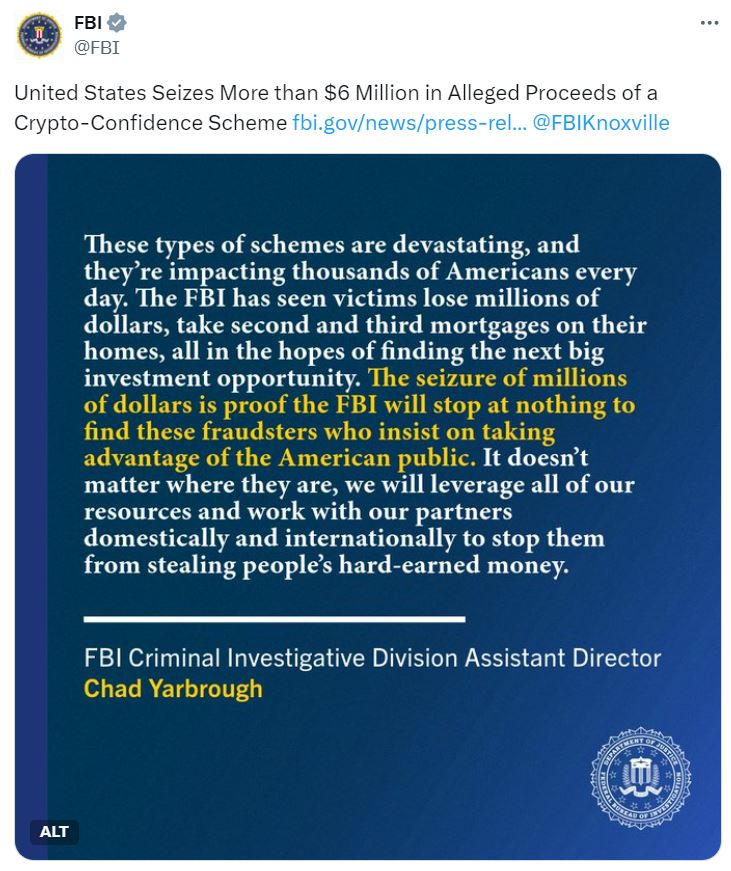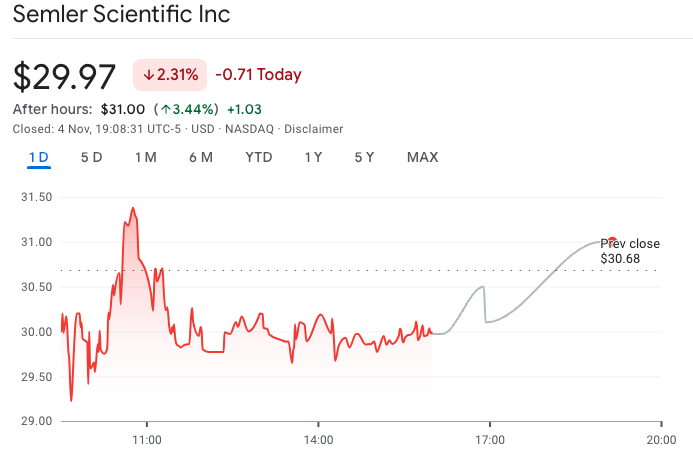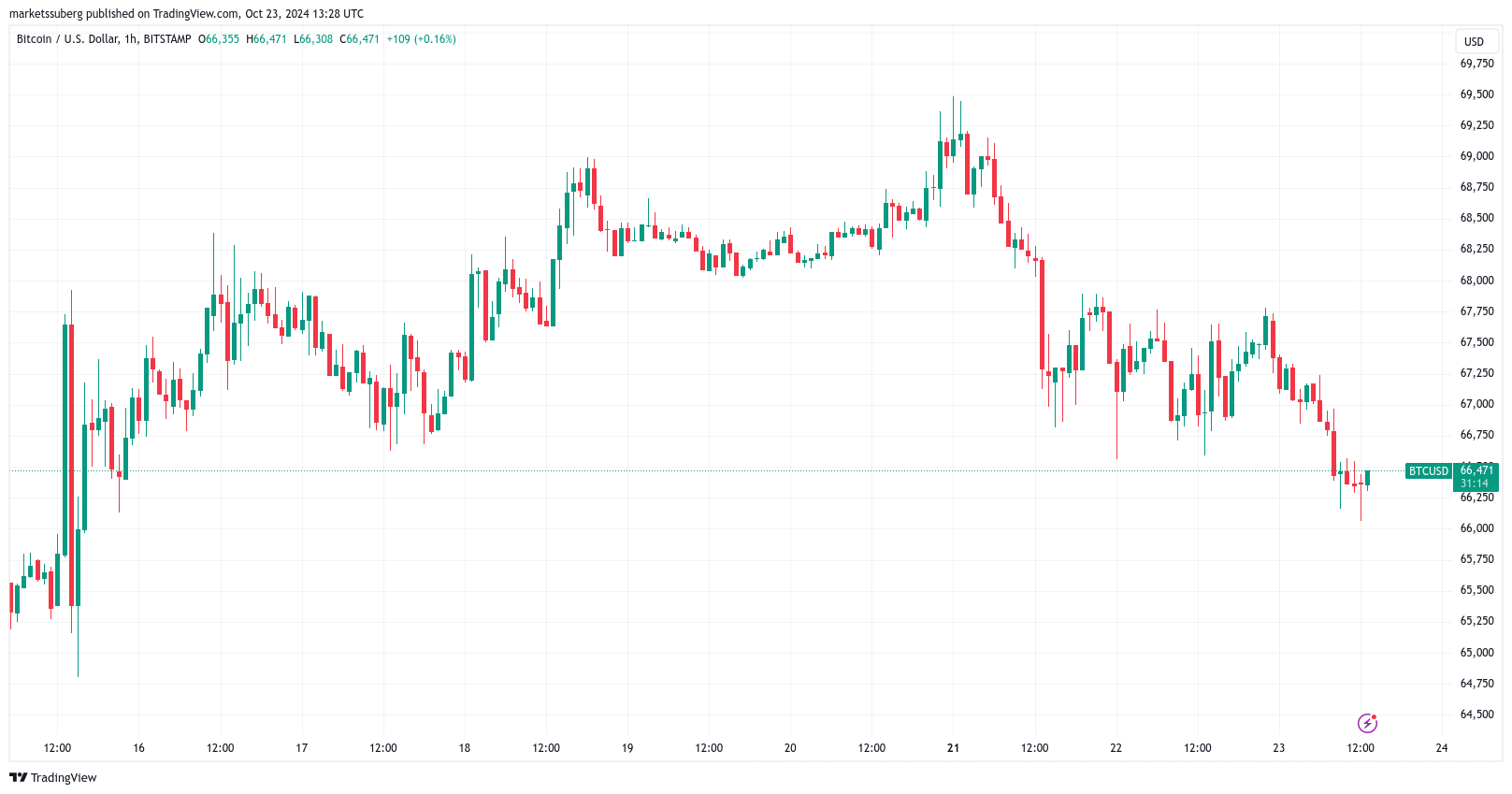The word Animoca doesn’t exactly slip off the tongue when speaking English. Is it Japanese? Is it a type of sweet snack? Is it even a trendy type of coffee?
According to Robby Yung, the London-based CEO of Web3 investment behemoth Animoca Brands, it is neither of these things but rather a portmanteau that “connects animation and mobile communication.”
That means a focus on games and creating a Web3 environment that Animoca clearly wants to dominate. Whatever it means to outsiders, and however it sounds, it probably makes no difference to the company.
Animoca Brands has moved on significantly since its formation more than a decade ago in Hong Kong by Yat Siu and David Kim. In recent years, it has made no bones about its strategy of being a metaverse company. Even after the metaverse “narrative” was widely seen to have failed as the hype died down after the COVID-19 pandemic.
After moderating Yung on a panel at a House of Block event at London’s Hurlingham Club in June, Magazine caught up with him more formally to find out about his journey to date and the very interesting evolution of Animoca Brands, a company whose journey has not been straightforward at all.
Animoca Brands is still focused on building metaverses and gradually onboarding companies by investing in them. It is a market maker helping to launch and market coins. The intention is to bring all of these different projects into Animoca Brands’ so-called “Mocaverse.”
“Over time, we want to bring all our vested companies into the Mocaverse, and right now, it’s really busy. We’re doing lots of stuff and setting up exciting partnerships,” he says. “Our Moca token launched four weeks ago, and there’s been huge interest. Right now, our community is growing, and we’re feeding off that community’s enthusiasm.”
Animoca has a stable of big crypto brands
Some of those investments are very well-known. Jung says that its biggest studio, The Sandbox, continues to “be a key pillar” and points to the likes of OpenSea, as well as NBA Top Shot and CryptoKitties creators Dapper Labs as other big success stories.

But he admits there have been some big missed opportunities, especially passing as an early Unity investor in 2010.
Unity — a cross-platform game engine developed by Unity Technologies — went on to raise almost $900 million in eight rounds and, according to Stock Analysis, has a current valuation of $6.8 billion.
Other interesting projects and potential legends such as Grapes and Axie Infinity developer Sky Mavis are growing exponentially, and while integration into the Mocaverse is the end goal, it is The Open Network blockchain and Telegram that are currently driving mass adoption of games and content.
Yung is quick to grasp the opportunity and cites the “obstruction of Apple and Google” as the reason TON games are proliferating on Telegram and attracting hundreds of millions of users.
Open platforms like Telegram and TON beat closed platforms
Yung says that Telegram and TON can create communities quickly and that the messenger then provides “unfettered distribution.” Despite the millions spent on user acquisition, “Apple/Google have missed a trick for being so obstructive.”
“They don’t like companies from a decentralized perspective and have been trying to hang on to their monopoly positions. They want absolute control, and they’ve had a great run, but things are changing. After all, we’ve all had things booted out of the App Store.”
In fact, part of founder Yat Siu’s interest in crypto was sparked by an early Animoca mobile game getting unilaterally de-platformed from the App Store and losing its market share overnight.
“There is an audience of a billion users on Telegram right now, and numbers are going up month-on-month. We should have control of our industry, and the money spent on Google ads is ridiculous. We prefer a community where there are airdrops that keep the money in the industry, not being taken out of it. The TON blockchain provides.”
Others in the industry back up Jung’s claims and numbers. Dan Beasley co-founded Grapes, one of Animoca Brands’ rising investments.

“Telegram is where crypto natives go to find out about projects and is growing at more than 50 million new users a month and is now around the billion mark. Incredible numbers, and the place where any Web3 games company has to be active. It’s a no-brainer,” he says.
Magazine interviewed Yung before Telegram founder Pavel Durov’s arrest in France, and the ramifications of that for the platform and TON remain to be seen. In response to the news, TON lost a quarter of its market cap.
Animoca was booted off the Australian sharemarket
While Animoca Brands now possesses a portfolio of more than 540 investments in Web3 projects and is even considering an IPO in 2025, there have been some darker days.
In the spring of 2020, the Australian Securities Exchange delisted the company after it decided to ban all blockchain companies.
Yung bats away any suggestions that Animoca had done anything underhand, but it must have been an annoying complication, especially for shareholders.
Yung, however, takes tricky questions such as these in his stride, bolstered no doubt by a career and a life that has taken him across the world and has currently landed him in London, where he has been since 2019.
Yung’s journey into blockchain
Yung was born in Germany and moved to the United States when he was four. He tells Magazine that he had a safe and happy childhood in Connecticut. His father worked in advertising with McCann Erickson.
Read also
He had always been interested in public policy and decided to attend the University of Chicago, specifically for international relations and to spend time in Asia connecting with that side of his family. “My dad is Chinese, and I know how to speak Mandarin.”
“I finished my degree, moved to New York where I did a Masters at night while my day job was in Real Estate and realized that I wanted to focus on China, so I moved to Hong Kong.”
It was now the 1990s, and the telecom business, especially mobile, was booming. Yung was in the right place at the right time and worked for Metromedia, run by John Cloogie, who was turning 80 when Yung arrived.
After that, Yung’s life was a whirlwind. The company was sold to AT&T Wireless, and then Yung became, in his own words, “a gopher and Mr China.”
Eastern Europe and the dotcom bust
He led moves into emerging markets from the broken Soviet Union and spent time in Russia, Georgia and Kazakhstan.
“I went everywhere in three years before the internet started happening around 1997. My dad had previously made an investment in paging stations in China, so he bought an ISP in Southern China.”
“I ran the business for two years, and it was actually a terrible business, but I used the experience to morph it into a web development business and raise venture money for the first time.”
Jung laughs away suggestions that this makes him a “Nepo Baby,” then cuts quickly to the chase about how his journey started with Animoca.

“Around 1997 to 1998, I also met [Animoca co-founder] Yat Siu, and we became friends. I then enjoyed the internet bubble, survived the crash and shuttered the business in 2001 before taking a year off of work to reflect on what were both horrible and formative experiences.”
“Over the next decade, I focused on media businesses in China. I took two to IPO, one successful, and the other not so successful, and then I caught up with Yat Siu again.”
“It seemed like the right time to work together, and the last decade has borne that out. I set up the company strategy for 2012, took the company to a Series B raise and then took the business public in 2015 before we added Brands to the original name of Animoca.”
As a potential 2025 IPO beckons, Animoca Brands has become one of the biggest names in Web3, and with its focus on acquiring brands and intellectual property, it has the potential to cross even further into the mainstream.
Considerable hurdles lie in wait, but with the TON blockchain and Telegram’s distribution network growing and invested companies moving into the Mocaverse, Jung has his hands on the controls and his mind on all those games. Let’s see where it ends up.
Subscribe
The most engaging reads in blockchain. Delivered once a week.






